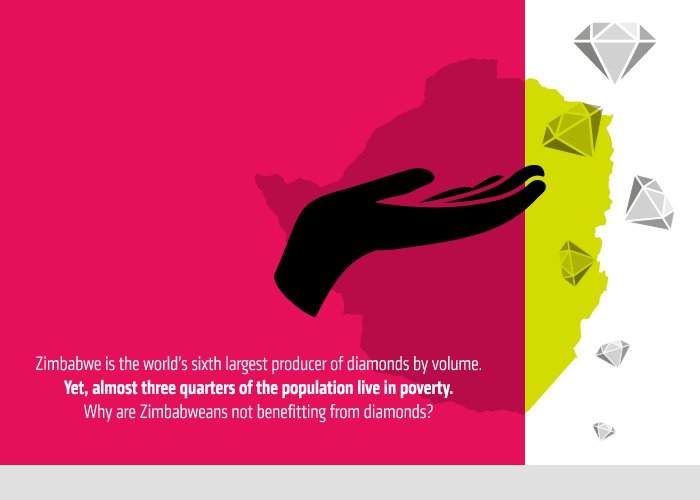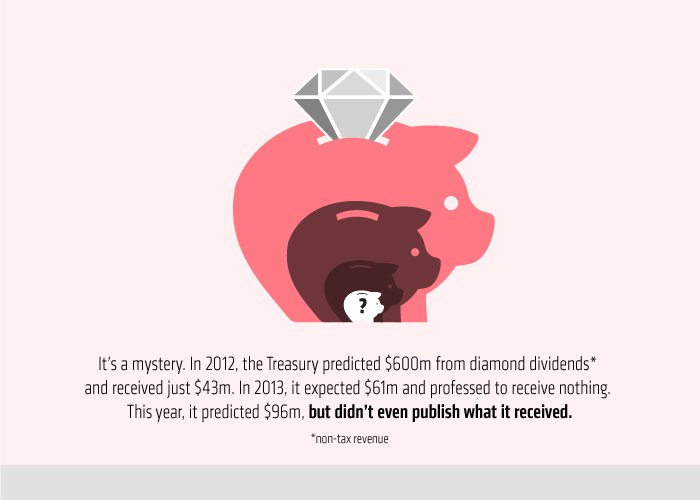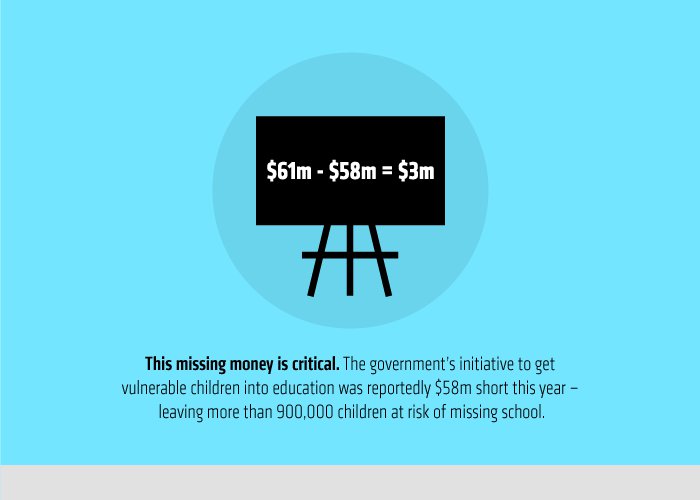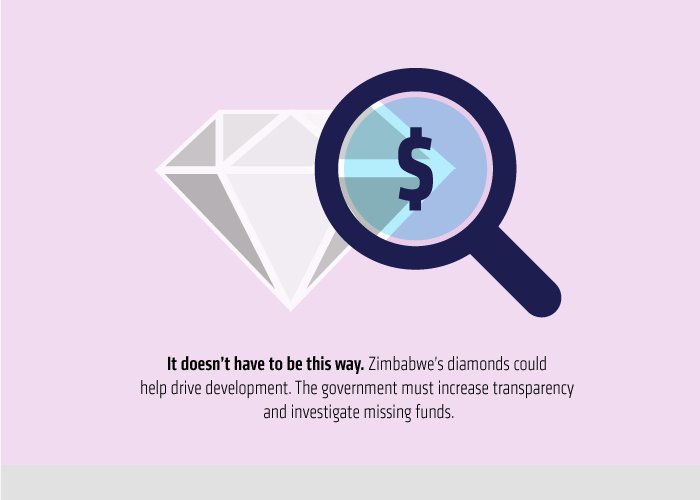Zimbabwe’s National Budget Statement acts as a small window into the country’s notoriously opaque diamond sector. It offers up figures detailing how much the Treasury expected from diamond dividends and royalties each year, compared to how much it actually received. The disclosure sheds a beam of light on what is otherwise something of a monetary black hole.
Unfortunately, the figures have been less than encouraging. In recent years, the Treasury has recorded multi-million dollar shortfalls, predicting millions more in dividends and royalties than it collected. Since 2010, the Treasury’s annual takings have got considerably smaller. This year—for the first time—it didn’t even publish the amount it received.
Tracking Zimbabwe’s diamond revenues is already a Herculean task. Very little is made public. The National Budget Statement only focuses on non-tax revenue in the form of dividends and royalties, but does not give details of other diamond income, such as through tax. Furthermore, little is known about where the money goes. In 2012, despite having been assured of minimum $600 million in diamond dividends, the Finance Minister reported that just $43 million had been delivered. At the end of 2013 a new Finance Minister announced that despite an expected $61 million, not so much as a cent materialised. This year, the Treasury predicted $96m, but failed even to report what it received. In this case, no news is unlikely to be good news.
It’s hardly surprising then that considering the sector’s future, a seemingly exasperated Finance Minister concluded: ‘It is, therefore, critical, we get our act together.’ Critical indeed. Nearly three quarters of Zimbabwe’s population are living beneath the poverty line. At the beginning of 2014 the Ministry of Public Service, Labour and Social Welfare reportedly revealed that the Treasury had failed to allocate sufficient funds for vital food and education assistance. According to the Ministry more than 900,000 children were put at risk of missing school while upwards of 1.5m people’s access to food was jeopardised.
Yet, for all its economic ills, Zimbabwe is a country rich in natural resources. As a result of the Marange diamond fields, Zimbabwe is the world’s sixth largest producer of diamonds by volume. Such a source of national wealth, if managed properly, could plug some of the budgetary holes and ultimately help drive the country’s development.
There are some big changes afoot in Zimbabwe’s diamond industry. There has been much talk this year of diamond mining companies merging and of the transition from alluvial diamonds to conglomerate. In November, Harare’s brand new diamond trading centre hosted its first tender and the budget statement revealed that three local firms have been licensed to cut and polish diamonds. These developments are potential opportunities to boost domestic profits. But, if Zimbabwe is to reap the full fruits of its labour, it is essential that the issue of transparency is prioritised.
If the government wants to see diamond money filtering down into national coffers, revenues must be properly, and publically, tracked and accounted for. The Finance Minister’s announcement that the Zimbabwe Mining Development Corporation will be required to publish annual financial statements is a welcome development. Diamond companies should be compelled to follow suit. Where figures don’t stand up to scrutiny, the government must investigate and ensure accountability. Such measures are essential to stop diamond money slipping though the nation’s fingers. More transparency, not less, should be at the top of Zimbabwe’s agenda.







